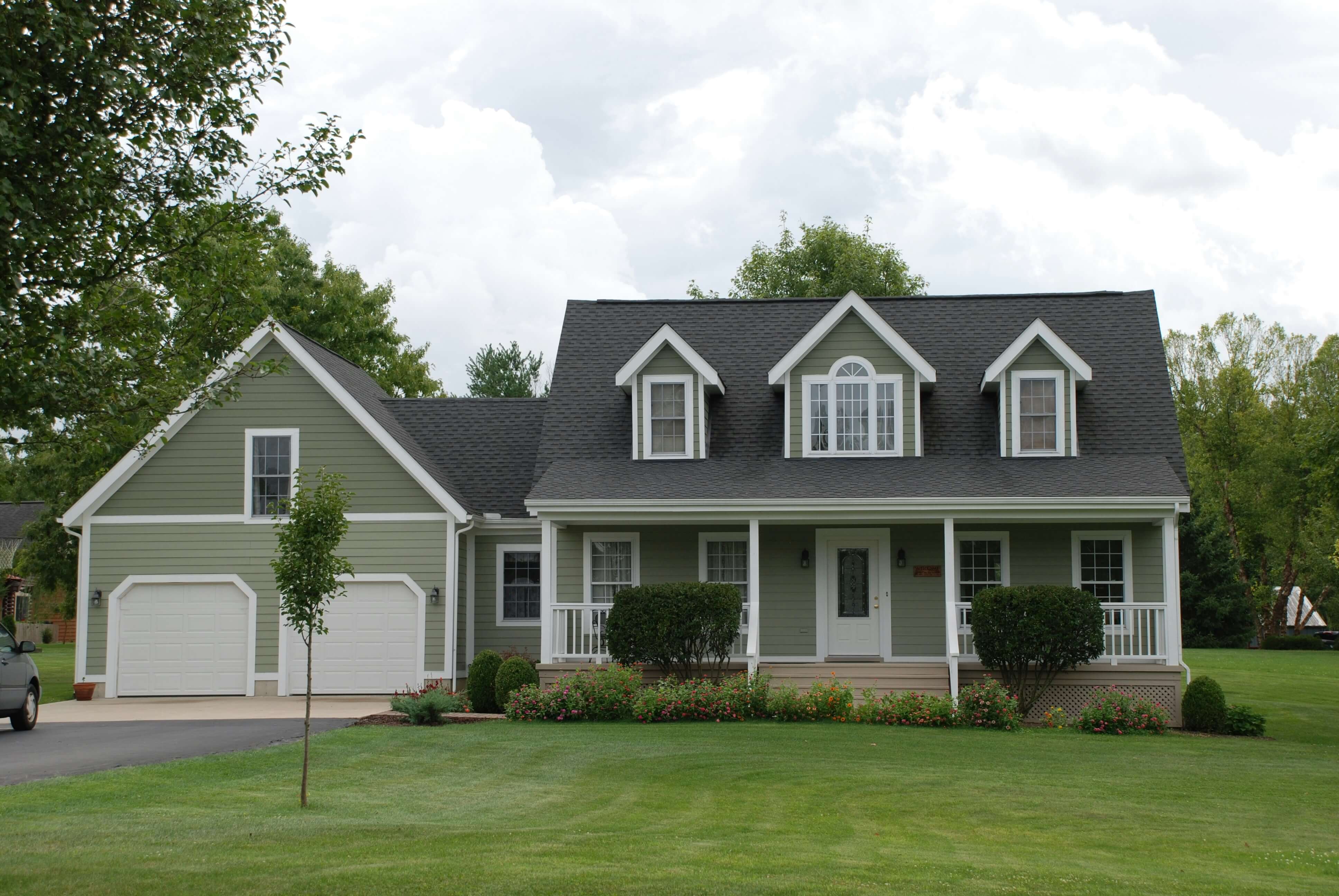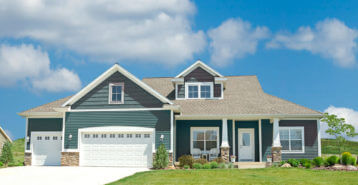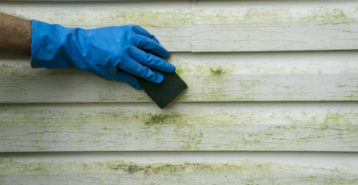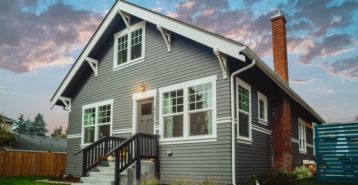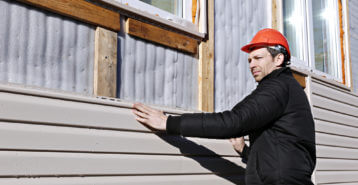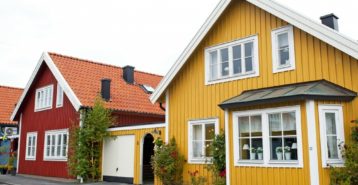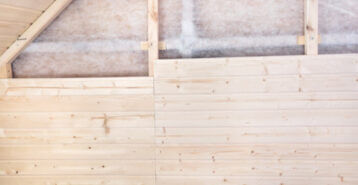What Is the Cheapest Siding Option? Siding Types and Costs
Siding prices vary by material quality, home size, and local labor rates. Vinyl is often the cheapest siding option for most homeowners, with aluminum and engineered wood close behind. Premium materials, such as brick or natural stone, tend to cost the most.
| Siding Type | Budget Range (Installed) | Notes |
|---|---|---|
| Vinyl | $4 to $8 | Widely available, low maintenance, many colors and profiles. |
| Aluminum | $6 to $10 | Lightweight, fire resistant, good for coastal climates. |
| Engineered Wood | $6 to $11 | Wood look, factory finishes, fewer seams. |
| Fiber Cement (Basic) | $6 to $12 | Durable, fire and pest resistant, needs repainting over time. |
| Stucco (Traditional) | $7 to $14 | Best in dry climates, can crack with shifting foundations. |
| Corrugated Steel/Metal | $5 to $12 | Durable, modern look, check HOA rules first. |
| Wood Lap/Shake | $8 to $16 | Classic look, more upkeep, higher material costs. |
| Brick Veneer | $12 to $25 | Long life, high upfront cost and labor. |
| Stone/Stone Veneer | $18 to $45 | Premium look, highest cost category. |
Vinyl Siding Prices
- Installed Cost: About $4 to $8 per square foot.
- Why It’s Cheap: Mass-produced, fast to install, minimal painting or sealing.
- Good To Know: Thicker panels (higher gauge) resist warping and look more upscale.
Aluminum Siding Prices
- Installed Cost: About $6 to $10 per square foot.
- Pros: Fire resistant, doesn’t rot, takes paint well.
- Watchouts: Can dent; consider thicker panels in hail-prone areas.
» Aluminum siding buying guide
Engineered Wood Siding Prices
- Installed Cost: About $6 to $11 per square foot.
- Pros: Real-wood look with fewer seams, factory-applied finishes.
- Care: Inspect caulking and repaint per manufacturer guidance.
» Engineered wood siding buying guide
Fiber Cement (Budget Plank) Prices
- Installed Cost: About $6 to $12 per square foot.
- Pros: Excellent durability, pest and fire resistance.
- Care: Heavier boards increase labor; plan for repainting in 10 to 15 years.
» Fiber cement siding buying guide
Corrugated Metal Siding Prices
- Installed Cost: About $5 to $12 per square foot.
- Pros: Modern look, long lifespan, recyclable.
- Check First: Some neighborhoods or HOAs restrict metal finishes.
Affordable Siding Options by U.S. Region
Climate and building codes influence which type of cheap siding performs best. Consider environmental factors like moisture, humidity, wind, wildfire risk, and freeze-thaw cycles before choosing a material.
| U.S. Region | Budget-Friendly Pick | Why It Works | Typical Cost (Per Sq. Ft.) |
|---|---|---|---|
| Northeast | Vinyl, Fiber Cement | Handles freeze-thaw and mixed weather | $4 to $12 |
| Midwest | Vinyl, Engineered Wood | Good in four seasons, cost-effective | $4 to $11 |
| South | Vinyl, Aluminum | Humidity tolerant, low maintenance | $4 to $10 |
| Mountain West | Fiber Cement, Engineered Wood | Fire resistance, big temperature swings | $6 to $12 |
| Pacific Northwest | Fiber Cement, Vinyl | Moisture and mildew resistance | $4 to $12 |
| Southwest | Stucco, Fiber Cement | Dry heat, strong sun | $6 to $14 |
| Coastal Areas | Aluminum, Fiber Cement | Salt air and wind resistance | $6 to $12 |
Northeast
Cold winters and humid summers call for materials that manage moisture and movement. Vinyl offers the lowest upfront cost, while fiber cement provides extra durability where storms are common.
Midwest
Homes see hot summers, cold winters, and hail. Vinyl remains the budget leader, and engineered wood gives a warm, wood-like look without the upkeep of natural wood.
South
High humidity and intense sun make low-maintenance finishes a plus. Vinyl and aluminum perform well here, with minimal risk of rot or insect damage when properly installed.
Mountain West
Wildfire concerns and wide temperature swings favor fiber cement and engineered wood. Both offer stability and better fire performance than natural wood.
Pacific Northwest
Frequent rain demands moisture-resistant options. Fiber cement resists rot and pests, while higher-quality vinyl with proper flashing can also work well.
Southwest
Dry heat pairs naturally with stucco’s look and performance. For a lower-maintenance alternative, choose fiber cement with a light-reflective color.
Coastal Areas
Salt air can be tough on finishes. Aluminum and fiber cement hold up better than many steel or untreated wood options — just confirm fasteners and flashings are corrosion-resistant.
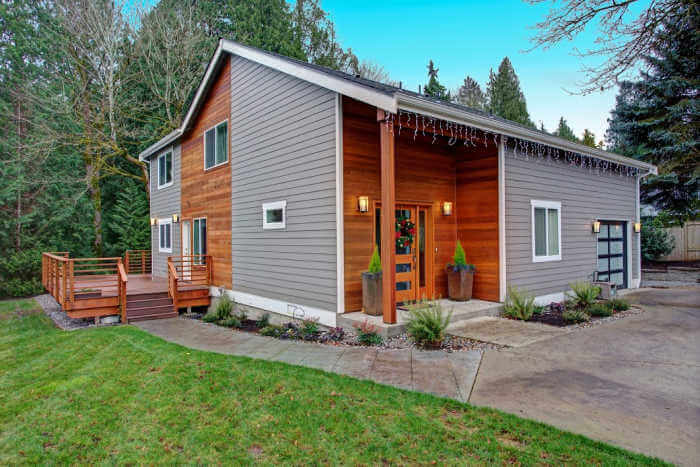
How to Save Money on Siding
- Compare Multiple Quotes: Get at least three written estimates with the same scope, materials, and trim details from local contractors.
- Target Off-Season Scheduling: Ask contractors about late fall or winter slots when demand is lower. You may get better labor pricing.
- Simplify Profiles and Trim: Choose a standard lap profile, skip specialty shapes, and limit decorative trim to cut material and labor costs.
- Shop Contractor-Grade Lines: Mid-grade products often deliver the best value — better thickness and warranty without premium pricing.
- Bundle Repairs and Prep: Handle minor sheathing or fascia fixes before install day to avoid change orders.
- Reuse What You Can: If code allows, keep sound housewrap, soffits, or gutters to reduce add-ons.
- Mind the Waste Factor: Provide accurate measurements so your installer orders efficiently and avoids overbuying.
- Ask About Financing: Some contractors offer low-interest plans that help you stay with a durable option instead of the absolute cheapest.
Smart Swaps That Keep Costs Low
- Pick Mid-Grade Vinyl or Budget Fiber Cement: These balance price and durability better than ultra-premium lines.
- Choose Stock Colors and Standard Trim: Staying within catalog options avoids custom charges and delays.
- Simplify the Facade: One profile, consistent trim sizes, and straightforward corners reduce cuts and labor.
- Measure Carefully: This can help reduce over-ordering and disposal fees.
- Get Itemized Quotes: Ask for materials, labor, disposal, and accessories broken out — then cut low-value extras.
Conclusion: Picking Cheap Siding That Lasts
For most homeowners, vinyl siding delivers the lowest installed cost with solid durability. Aluminum and engineered wood are close contenders if your climate or style calls for them. To keep cheap siding pricing in check, request multiple quotes with identical specifications, confirm warranties in writing, and choose a simple profile. The right budget siding — installed well — can protect your home and update its look without breaking the bank.
Compare top-rated siding pros in your area.
Read real homeowner reviews, explore qualifications, and view promotions. Modernize makes it easy to browse professionals and find one that will be perfect for your project.
